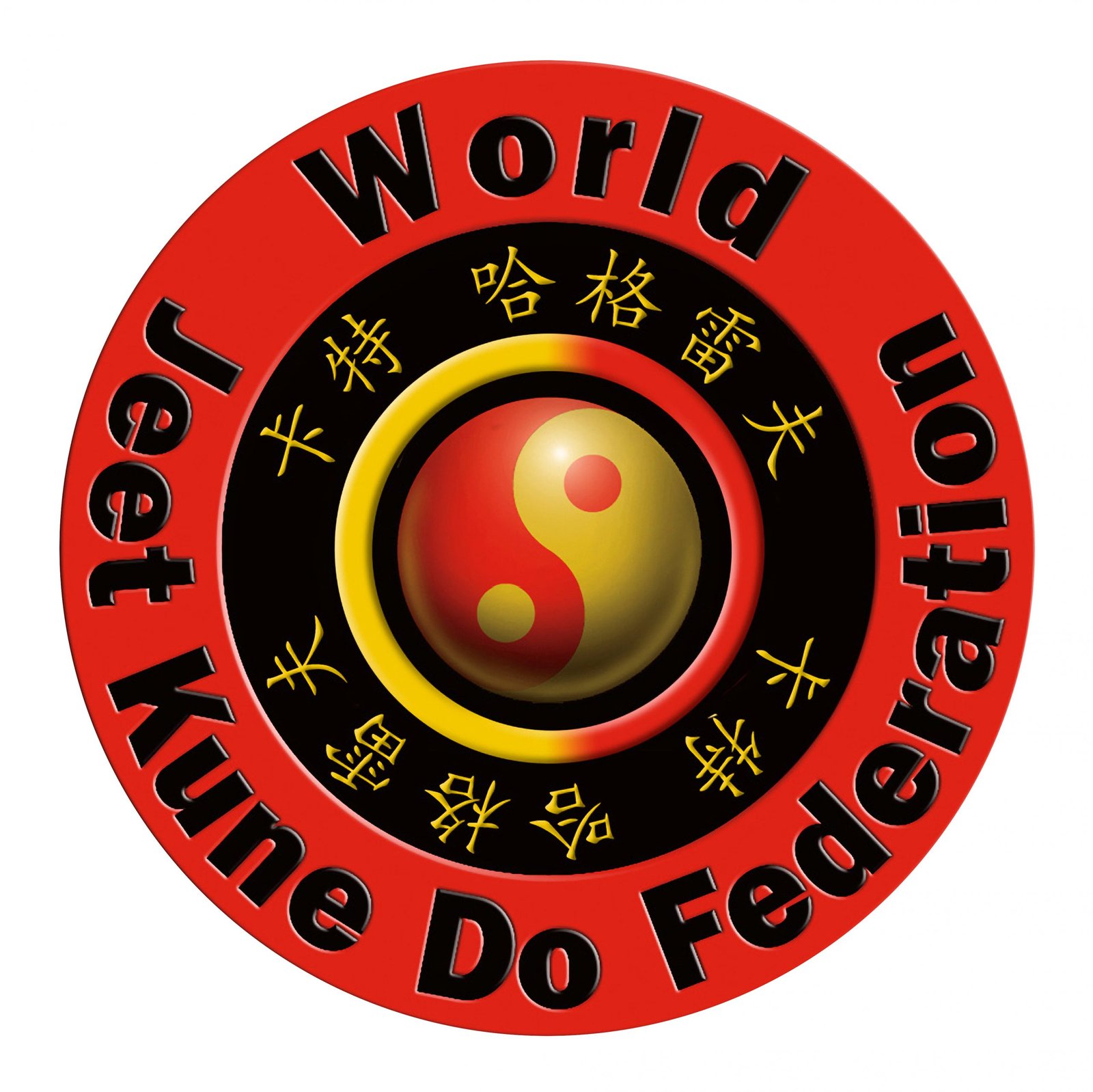On these pages are the very detailed specifics of the life and history of Bruce Lee.
Bruce Lee, an American Icon is Born
Lee Jun-fan, was born on November 27, 1940, but this Chinese American martial arts icon is better known by the name Bruce Lee. This martial arts instructor and founder of Jeet Kune Do, the martial arts style he created, was born at China Town’s Chinese Hospital in San Fransisco to a Chinese father, Lee Hoi-chuen, and a Caucasian/Chinese mother, Grace Ho (何愛瑜). Both parents were from Hong Kong, and at three months of age Bruce was taken back to their home country and raised in Kowloon until his later teenage years.
Bruce Lee was born at the exact hour year during the year the Chinese Zodiac considered the Year of the Dragon. In Chinese culture, this birth sign is a good omen for a strong and prosperous life. This certainly became true as Bruce thrived in films; considered to be the most influential and popular and martial artist to ever step onto the big screen.
Bruce Lee’s mother, Grace Ho, was the daughter of a prosperous Hong Kong businessman,Ho Kom-tong. She was also the niece to philanthropist Sir Robert Ho-tung. These two men formed one of the most powerful and wealthiest clans in Hong Kong, with Ho-Kom-tong in charge. Grace Ho was raised in an affluent setting, and she assured that her son was, too. She gave birth to five children, Agnes, Phoebe, Peter, Bruce, and Robert.
Grace labored over names for Bruce, and finally decided on Lee Jun-fan (李振藩), loosely translated as “return again”; it has been thought she was referencing the fact that she felt he would return to America when he became old enough. She had originally named him hіm Sai-fon (細鳳), or small phoenix, and the attending doctor, Mary Glover MD is rumored to have started calling him Bruce. All people in China have multiple names, and Bruce was no different; his clan name was Li Yuanxin (李源鑫), his student name was Li Yuanjian (李元鑒) and his screen name was Li Xiaolong (李小龍) or little dragon. Bruce’s given name, Lee Jun-fan (震藩) had to be changed because the symbol for Jun (震) in Chinese script was the same character as used in his grandfather’s name, Lee Jun-biu (李震彪). Chinese taboo forbids this, and the offending character became 振.
Lee Hoi-chuen, Lee’s father, was an opera and film star who had successfully toured the United States and performed in many Chinese communities. He chose to leave the United States and take his family back to Hong Kong after the birth of Bruce when he saw the threat of war looming on the horizon; unfortunately the war found him on the eve of his planned year long tour with the Cantonese opera. The Japanese chose that very night to invade Hong Kong which in turn spent three years and eight months under Japanese occupation. Lee Hoi-chuen continued his career after the war and achieved even greater success in Hong Kong.
Bruce Lee might have lived in wealth and affluence within his home, but his neighborhood was a tough, gritty post-war community overrun with gang warfare caused by Chinese citizens fleeing communist China. Lee fought these gang members often, and enjoyed it; he never backed down fro a challenge or a fight. His parents were worried at the violence of these fights and enrolled him in martial arts school. He had already learned the style of Wu-style t’ai chi ch’uan from hіѕ father, but it was obvious that Bruce was ready to move on.
In 1954, at the age of thirteen, Lee lost a fight with some gang members and began training with the Wing Chung clan under martial arts instructor Yip Man; Yip encouraged his students to fight in championships rather than out on the street in gang fights. Yip is considered to have had the most influence on Lee’s style. Yip Man’s other students refused to train with Lee because of his mixed ancestry; the Chinese do not believe in teaching non-Asians martial arts. Yip Man personally taught fewer than six students in the entire Wing Chung clan, per Hawkins Cheung, Lee’s sparring partner, yet Yip continued to privately train Lee along with martial arts instructor Wong Shun Leung throughout 1955. There was no rigid pattern to Lee’s classes; he practiced free-sparring, forms practice, sticking hands (chi sao), and martial arts techniques with wooden dummies.
World Jeet Kune Do Federation ™
Official Bruce Lee Jeet Kune Do Instructors Schools, Techniques Training, Streaming JKD Video Online Learning Black Belt Certification Program
